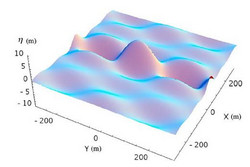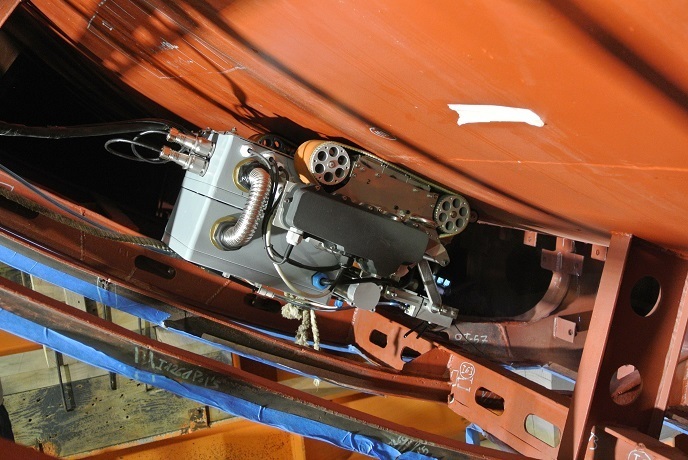Helping ships adapt to rougher seas
Global warming is bringing with it extreme weather conditions that are endangering ships and maritime structures. Accidents that lead to damaged ships, coastal pollution and human casualties have all been reported recently, representing a disconcerting trend that is expected to grow. Addressing this issue requires extensive data on these increasing climatic phenomena and their impacts, particularly extreme wave events and resulting casualties. The EU-funded project 'Design for ship safety in extreme seas' (EXTREME SEAS)(opens in new window) addressed the lack of information related to rogue waves by evaluating their frequency and studying ship behaviour in these waves. It provided the strategy and technology required to upgrade ship design, in addition to developing warning criteria for marine structures in extreme conditions. To achieve its aims, the project investigated the physical and statistical properties of extreme and rogue waves, and enhanced simulation models for wave–structure interactions. A particular area of research was related to container vessels, passenger ships,liquid natural gas LNG carriers, product and chemical tankers, with a focus on weaknesses and possible design flaws. Project members explored the reasons behind rogue (also called abnormal or freak) waves, studying relevant experimental and field data as well as by enhancing theoretical and numerical wave models allowing generation of these waves. It conducted numerical and experimental wave simulations and undertook statistical analyses related to different regions such as the Baltic Sea, North Sea and North Atlantic. The team looked at wave–current interactions, crossing wave systems, shallow water effects and quasi-resonance wave interaction referred often as modulation instability. The successful enhancing by EXTREME SEAS of the existing equations related to calculating wave properties and wave breaking, also allowed looking at individual extreme waves, waveforms, wave groups, water surface elevation and wave kinematics. Specific testing also involved modelling for wave–structure interaction to predict extreme load and response events from the non-linear wave field. The findings are now helping to articulate a holistic approach to new design procedures for ship safety in extreme seas. The project's results have been presented at conferences, published in notable journals and magazines, and communicated through a workshop with the World Meteorological Organization held in 2011 in Switzerland. By extrapolating future storm intensities and proposing new design procedures, EXTREME SEAS outcomes will help the shipping industry to adapt to climate change. From offshore oil rigs to valuable cargo vessels, project results are expected to improve safety for the maritinesector and the people who work in it worldwide.







